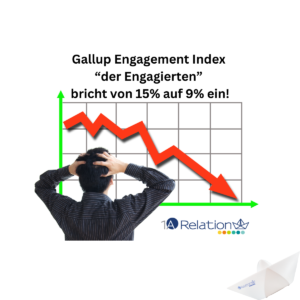
n8n – A data octopus in the best sense of the word, or an automation tool? Or both?
Today, everything revolves around one crucial topic: smart data networking or “automating data integration with ease.” In a world where both employees and customers expect



